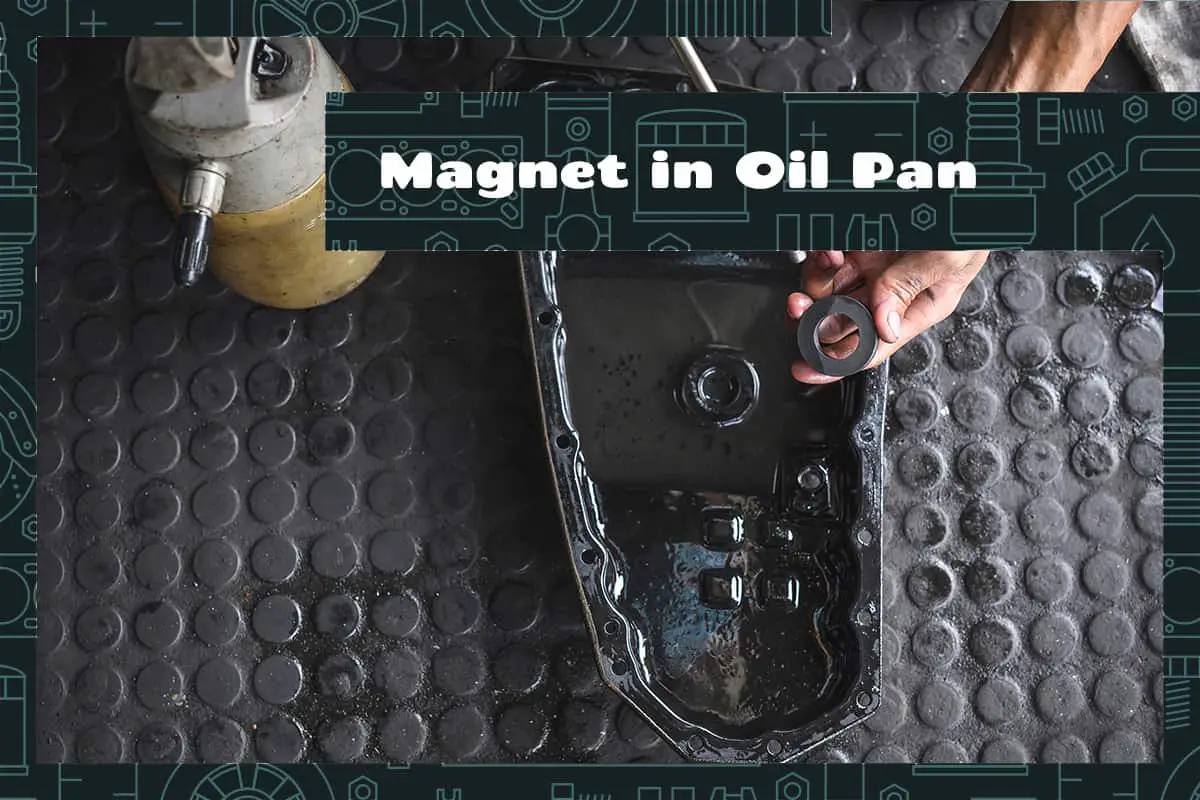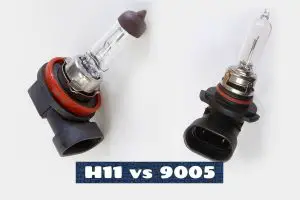The oil pan, located at the bottom of the engine, is tasked with holding the engine oil. As the engine operates, it inevitably produces tiny metal shavings due to wear and tear. A novel idea that has been gaining traction is placing a magnet in the oil pan, but why?
The purpose of adding a magnet to an oil pan is to capture metallic fragments that would otherwise contaminate your engine oil. This prevents them from circulating back into the engine. The ultimate goal is to reduce engine wear and potentially extend engine life.
This article will discuss the practicality behind using magnets in the oil pan, exploring the advantages and various types of magnets.
The Basics of Engine Wear
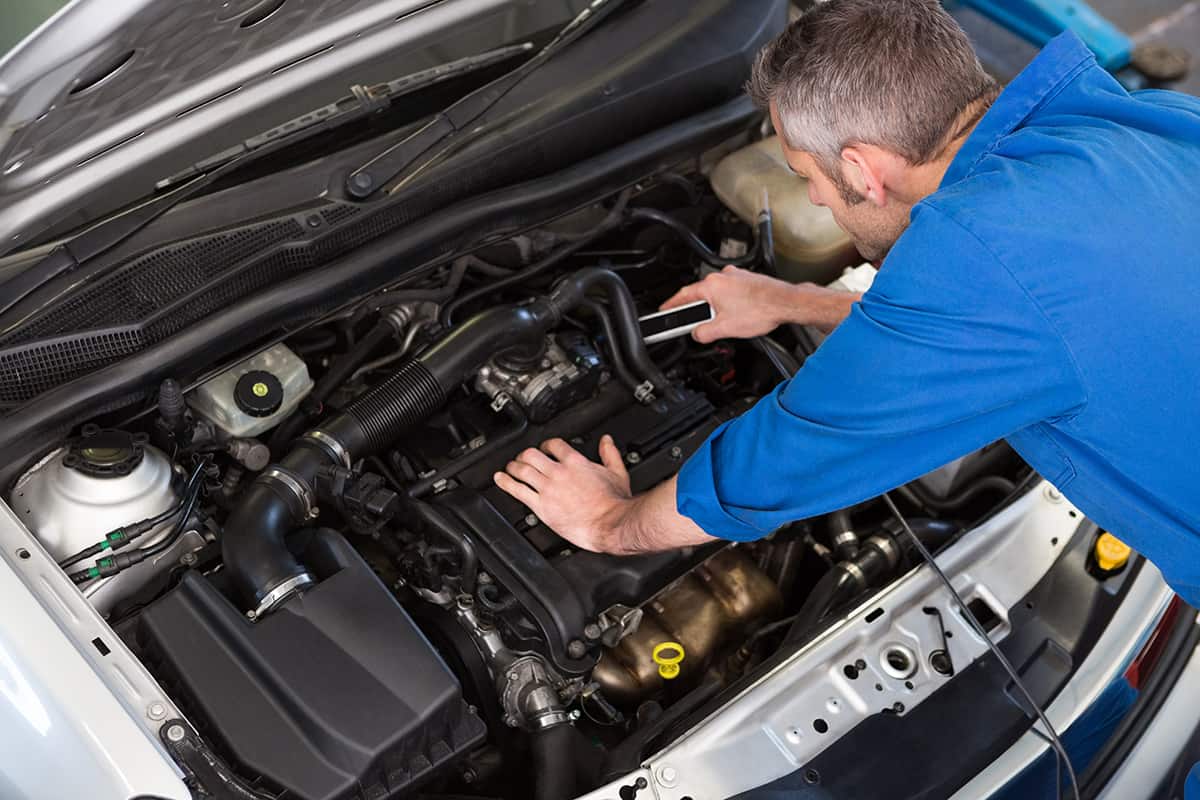
Engines aren’t immune to wear and tear. As the engine operates, components interact, sometimes causing minute damages. These damages release tiny metal particles into the engine oil. Understanding engine wear is crucial for maintaining your vehicle’s longevity.
Types of Particles in Engine Oil
There are primarily two categories of particles that might be found in engine oil:
- Metallic Particles: These come directly from the engine components. As pistons move, bearings rotate, and gears shift, they undergo stress, leading to microscopic abrasions. These abrasions release metal fragments, which end up in the engine oil. Common metals include iron, aluminum, and copper.
- Non-Metallic Particles: Apart from metals, the oil can also contain contaminants like dirt, dust, and even combustion byproducts. While air filters and oil filters aim to keep these out, some particles inevitably find their way into the engine oil.
How Engine Wear Particles Affect Your Car
Metallic and non-metallic particles suspended in engine oil aren’t just passive passengers; they can have significant implications:
- Abrasive Nature: Metal shavings, being hard and abrasive, can cause further wear if left in circulation. They act like sandpaper, grinding against engine parts, escalating the wear process.
- Clogging Oil Passages: Tiny particles, especially non-metallic ones, can clump together to form sludge. This sludge can clog vital oil passages, reducing lubrication and leading to hotspots in the engine.
- Reduced Oil Viscosity: The presence of contaminants affects the oil’s ability to flow and lubricate efficiently. This can lead to inadequate lubrication of engine components, resulting in increased friction and wear.
- Corrosion: Certain metal particles, like copper, can lead to corrosion when exposed to moisture and contaminants in the oil. This can weaken engine parts over time.
Benefits of Using a Magnet in the Oil Pan
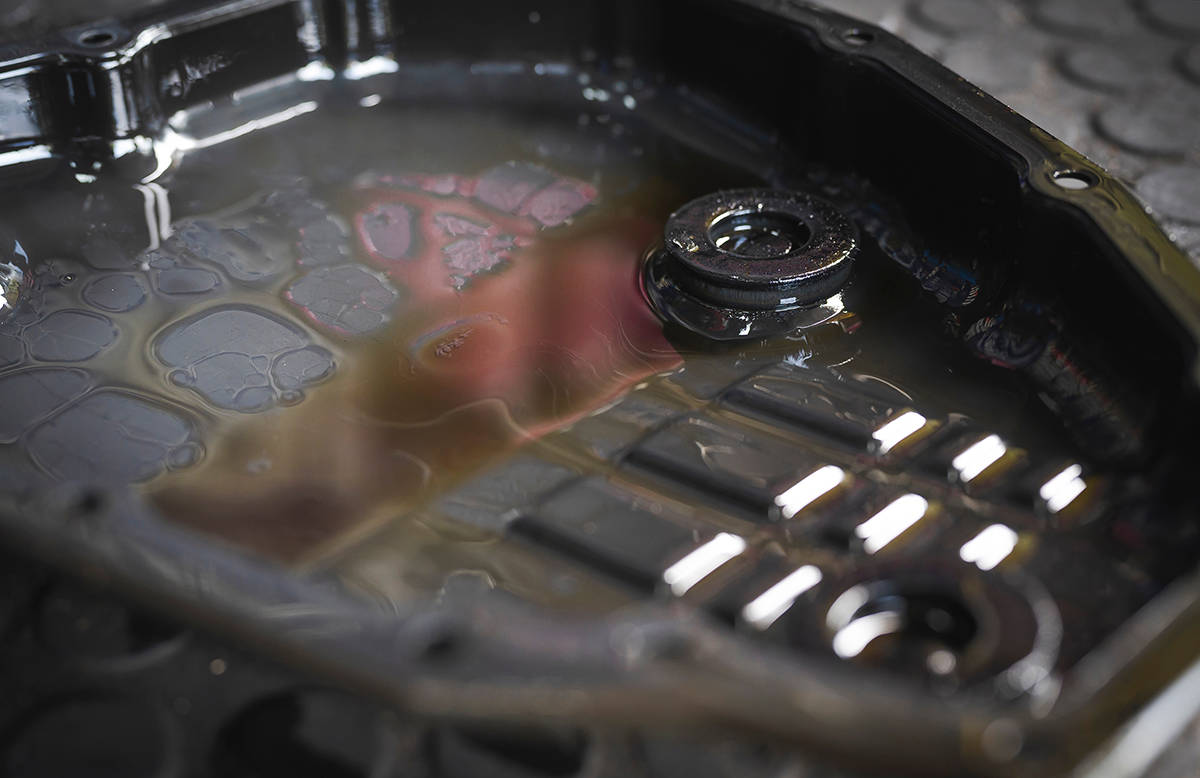
Incorporating a magnet in the oil pan is a simple yet ingenious approach to engine maintenance. The purpose is clear: to capture and hold metal debris that may be suspended in the engine oil. While the concept is straightforward, the advantages it brings to your vehicle’s engine are multi-faceted and worth understanding.
1. Prolonged Engine Life
Engines are built to last, but their longevity can be compromised by the continuous circulation of metal particles in the oil. By strategically placing a magnet in the oil pan, these metal contaminants are effectively attracted and held away from circulation.
The reduced circulation of metal particles minimizes the abrasive wear they cause. This ensures engine components remain in better shape for longer. There’s also a decrease in the potential for clogged oil pathways, which can prevent oil starvation and the subsequent damage it can cause.
2. Improved Engine Efficiency
Clean engine oil can translate to optimal engine performance. Metal particles in the oil can hinder its lubricating properties by causing increased friction and reducing efficiency. A magnet can help in the following ways:
Engine oil retains its viscosity and lubricating properties for longer, ensuring components move smoothly and with reduced resistance.
Reduced friction means less energy is wasted as heat, translating to better fuel efficiency and smoother engine performance.
3. Reduced Risk of Engine Damage
Even with the best maintenance practices, unforeseen engine issues can arise. A stray metal shard, if not trapped, might wedge between vital components, causing significant damage. A magnet poses as an immediate line of defense against large metal debris that might break off from engine components.
4. Extended Oil Change Intervals
Changing engine oil at regular intervals is a fundamental practice for engine health. However, if the oil remains cleaner for longer, there might be some flexibility in extending these intervals.
While it’s not an invitation to neglect regular oil changes, a magnet can give some leeway, especially if synthetic oils are used, resulting in potential cost savings. Oil analysis can show reduced metal particle content, which is a positive indicator of oil health.
Types of Magnets for Oil Pans
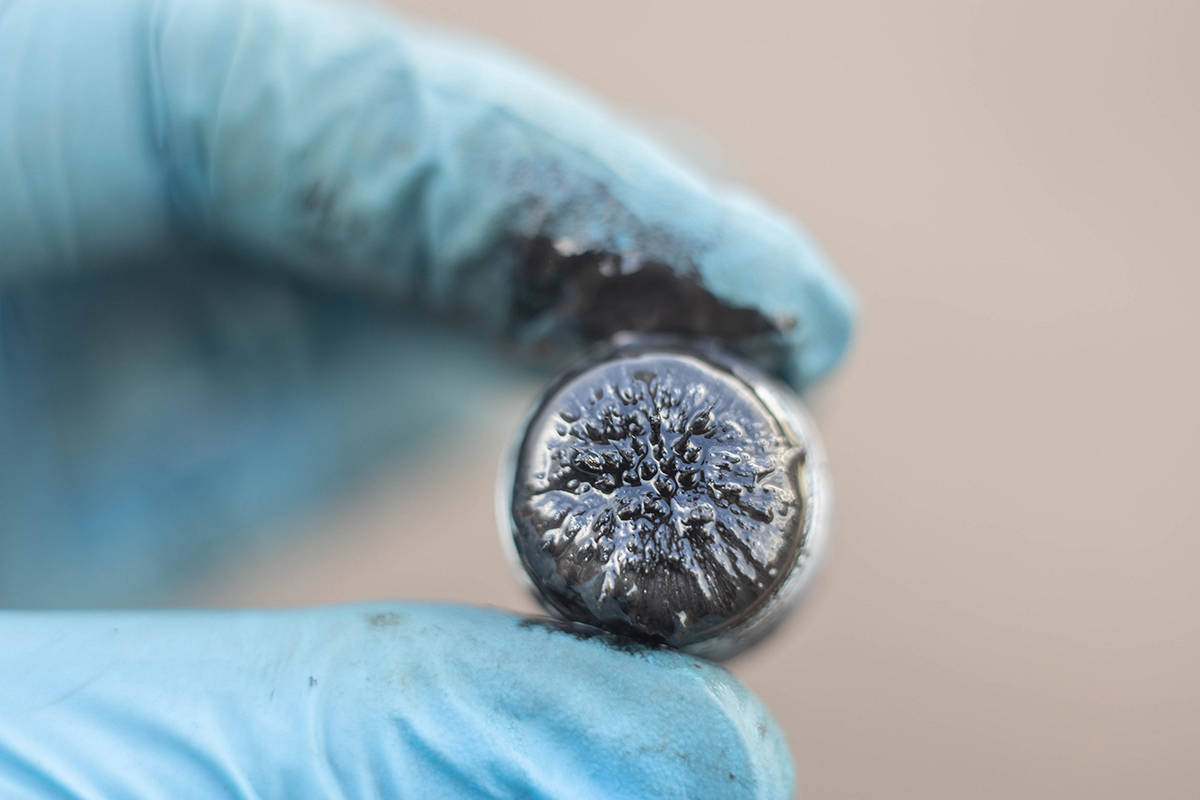
All oil pan magnets serve the same function: to capture metal shavings. However, the type of magnet determines how well it works. Here, we’ll look at the various types of oil pan magnets, as well as how they’re installed.
Stock Oil Pan Magnets
Many modern vehicles come equipped with a magnet already installed in the oil pan or incorporated into the drain plug. These magnets are engineered specifically for the vehicle make and model for compatibility and effectiveness. They are sized and shaped to fit snugly without disrupting oil flow.
Installation:
- If your vehicle comes equipped with a stock magnet, it will be pre-installed and require no additional steps. However, for those adding a magnet to a stock pan, begin by draining the oil.
- Clean the area where the magnet will sit to ensure it adheres well. Position the magnet at the base, ensuring it sits flush against the pan.
- Refill with oil, and you’re set.
Aftermarket Magnetic Oil Drain Plugs
For vehicles not equipped with a stock magnet, or for those seeking an upgrade, aftermarket magnetic oil drain plugs are a popular choice. These are direct replacements for the standard oil drain plug but come with an integrated magnet. Aftermarket magnets are easy to install and require no specialized tools beyond what’s needed for a regular oil change.
Installation:
- Start by draining the engine oil.
- Remove the original drain plug.
- Clean the threads in the oil pan to ensure a snug fit for the new magnetic plug.
- Screw in the magnetic oil drain plug. Be cautious not to over-tighten, as this could strip the threads or damage the pan.
- Refill with the appropriate quantity and grade of engine oil.
Stick-on External Magnets
For those seeking added protection or those who don’t want to replace the existing drain plug, stick-on external magnets are an option. These magnets attach to the external surface of the oil pan. The magnetic force penetrates through the pan’s material to attract metal particles within the oil. Ideally, they should be positioned low on the pan, close to where the most oil collects. It ensures the magnet can effectively pull in and trap metal contaminants.
Installation:
- Clean the external surface of the oil pan, ensuring it’s free from dirt and grease.
- Position the magnet as low as possible on the pan for optimal performance.
- Press firmly to ensure the magnet adheres securely.
FAQs
1. Is it safe for all cars to use a magnet in the oil pan?
Yes, using a magnet in the oil pan is generally safe for all cars. However, you need to check that the magnet is appropriately secured, whether it’s integrated into a drain plug or adhered to the oil pan’s base. This will prevent it from moving around and possibly blocking the oil pickup.
2. Will a magnet help if my engine is already showing signs of wear?
Engines showing signs of wear often produce more metal particles as components rub against each other. A magnet in the oil pan will capture these particles and prevent them from causing further internal damage. This action can slow down the wear process, acting as a defensive mechanism. That said, it cannot reverse existing wear or fix damaged engine parts.
